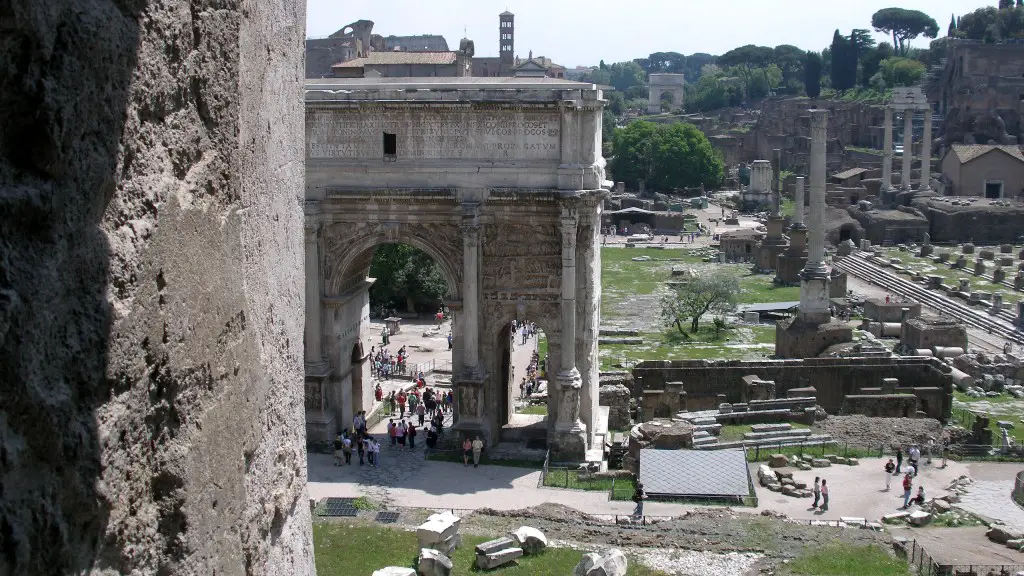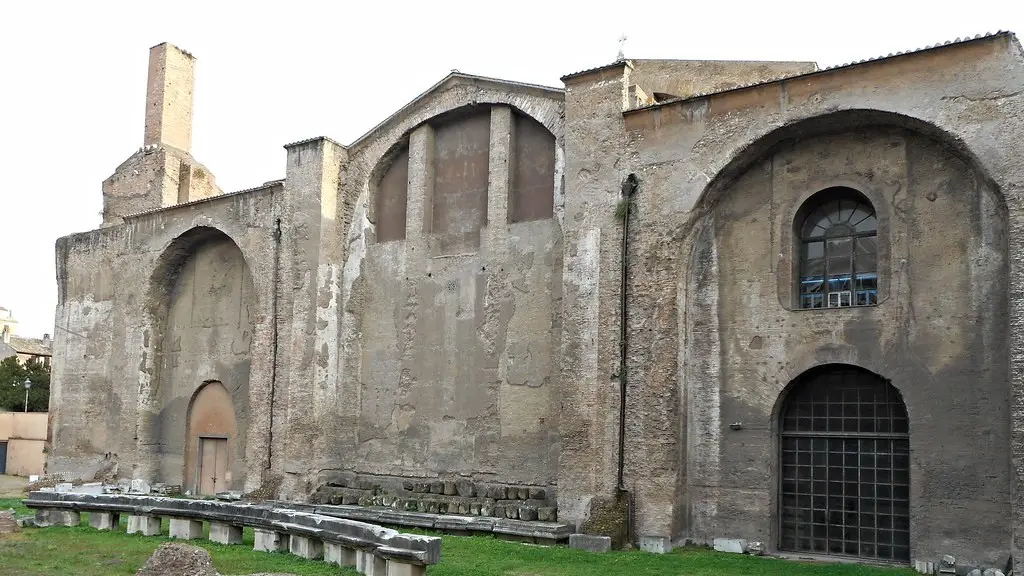The Roman baths during the ancient period were some of the most iconic architectural structures of that era. They were a symbol of the wealth, power, and sophistication of the Roman Empire. But more than just being an impressive structure, these baths served a more important purpose- to provide the citizens of Rome with a place to relax, unwind, and be social.
Bathing was a very important ritual to the Romans and was an activity they embraced daily. Romans thought that cleanliness had a direct link to health and believed frequent bathing could rid the body of impurities and prevent sickness. Public baths were the preferred option for most citizens for washing themselves as it was free and more importantly,a social event.
The baths were equipped with numerous amenities for the citizens– there were furnaces and pools heated by coal, brine, and heated water which were used for bathing, steam and sauna rooms, and even spa treatments. The baths usually also had a gym which was a combined swimming, exercise and playing area.The central hall was often decorated and provided bar services.
The baths served as a hub of the social life in ancient Rome and the citizens spent much of their leisure time there.Chatting with their friends, socializing and even conducting business in the baths was commonplace. People with different social standing:from the highest ranking government officials to the lowest freeborn citizens, were able to socialize and mingle on the same level in the baths.It was the perfect spot to keep up with the daily gossip and news of the city.
The baths were also a great platform for both men and women to relax and take care of their bodies.They could use the oil, soap, and massage treatments offered by attendants and could also perform certain workouts and exercises.Men and women also frequented the baths to satisfy their beauty needs–they could use the depilatory techniques offered to remove unwanted facial and body hair and to decorate themselves with various beauty products.
Effects on Society
Apart from its health and hygiene benefits, the baths had an important impact on Roman society. They provided a space for the lower-class citizens and women to mingle with nobles and enjoy entertainment. This helped to create a more equal society. The baths were also a great platform for the dispersal of knowledge and information. Ancient Romans used the baths to discuss a wide variety of topics, from philosophy to politics.This helped in spreading ideas and debates throughout the Roman Empire.
Architecture & Design
Ancient Roman baths were built to impressive proportions, with each structure boasting its own architectural features. The baths were designed for ventilation and the circulation of air.Hot air was conducted through flues and pipes and then circulated around the buildings by the hypocaust system.
The vast arcades, halls, and corridors were decorated intricate mosaics and art which served to make the baths attractive destinations.In addition to the courtyard landscaping and gardens, the thermal centre was often surrounded by buildings used for activities such as theatrical performances, banquets, and music.
Climate Control
The baths were built to be thermally efficient with the help of sophisticated heat capture and distribution systems.The Hypocaust system was used by the Romans to create efficient air circulation in the baths.
This system used underground tunnels and flues which were heated by coal and designed to capture the heat from the furnaces. The hot air was then circulated through these tunnels and flues to heat the rooms above.The cooling of the baths was done by opening windows and conduits.
The Decline of Roman Baths
Despite their popularity and importance in Roman society, the baths began to decline in the 5th century. The fall of the Roman Empire saw the collapse of most of the Roman baths as a result of the invasions of the Germanic and Visigoth tribes. The resources and materials needed to build and maintain them were no longer available. Additionally, the rise of Christianity led to the deterioration of these baths which were viewed as sinful activities and thus became unpopular.
Legacy of Roman Baths
Though the Roman baths are no longer around, they have left a significant mark on modern civilization. The modern saunas and steam baths used in spas and leisure centres today are based on the principles of the ancient Roman baths. In addition, the architectural grandeur of the ancient Roman baths still influences global architecture today. They were a marvel of their time and a reminder of how far we have come in our comfort and relaxation needs.


